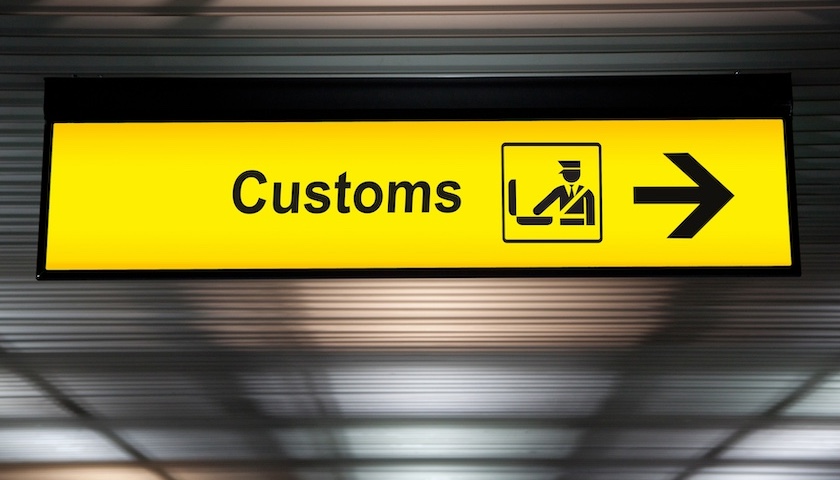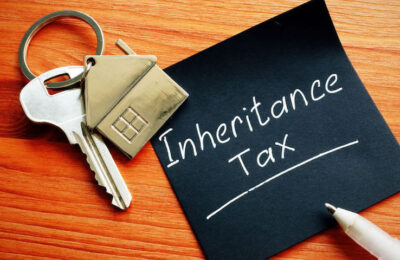Does your business import goods from the EU into Great Britain. If so, you need to be aware that from 31st January 2025, these goods must be covered by a safety and security declaration. This article looks at what you need to do to remain compliant.
What are safety and security declarations?
According to HMRC, safety and security declarations ‘support the fight against illicit goods – such as drugs and weapons entering the UK’. They also help ensure border interventions are based on risk.
Safety and security declarations are not new. Before 31st January 2025, they applied to imports from non-EU countries and exports from Great Britain to the EU.
The responsibility for submitting safety and security declarations lies with carriers or hauliers. A third party such as an importer can lodge a declaration on a carrier’s behalf, but the carrier remains responsible for submitting it.
Declarations need to be submitted to an IT platform called S&S GB. You can do this using compatible software or using the services of a ‘community system provider’.
What’s changing?
From 31st January 2025, you need so submit safety and security declarations for all goods imported from the EU. HMRC also encouraged people to do so before this date.
While this means additional admin, the amount of data needed for a declaration will be reduced. The new system requires you to fill in 20 mandatory fields. There will also be eight conditional fields that need to be completed in certain circumstances. A further nine fields are optional.
What information is required by a safety and security declaration?
The 20 mandatory field required by a safety and security declaration are:
- Local Reference Number (LRN)
- Consignor
- Consignee
- Country(ies) of routing codes
- Person lodging the summary declaration
- Mode of transport at the border
- Identity of means of transport crossing the border
- First place of arrival
- Date and time of arrival at first place or arrival
- Place of loading
- Place of unloading
- Goods description
- Types of package
- Number of packages
- Goods item number
- Gross mass
- Seal number
- Transport document number
- Transport charges method of payment
- Declaration date and time
The eight conditional fields are:
- Unique consignment reference number. This is mandatory for Fast Parcel operators
- Carrier. This is required if the carrier is different to the person lodging the safety and security declaration
- Notify party. Fill this in when this information is available
- Conveyance reference number. This is not required for RoRo ferry transport. Instead the intended ferry company name should be included, where known
- Number of pieces (if pieces are unpackaged)
- Container number. This is needed where containers are being moved. It is particularly required for maritime containers and unaccompanied RoRo (in the latter case, the trailer number should be supplied)
- Shipping marks and numbers of packages. This is mandatory for all packaged goods. It should contain information and descriptions that allow identification of any package.
- UN Dangerous Goods code. To be supplied whenever applicable.
The optional nine fields are:
- Commodity code
- Total number of packages
- Number of items
- Other specific circumstances indicator
- Special mentions
- Signature and authentication
- Declaration place
- Nationality of active means of transport crossing the border
- Office of subsequent entry
When do I need to submit my safety and security declaration?
You need to submit your declaration between one hour before arrival and 24 hours before loading at the departure port. The timing depends on how you’re shipping goods. You can find more details on this page.
What next?
Complying with the new safety and security declaration regime is fairly simple. However, it’s important to comply in order to avoid delays or possible penalties. If you are a THP client and you feel you need further assistance on this, please speak to your account manager at our Wanstead, Sutton, Chelmsford or Saffron Walden office. Your manager will be happy to refer you to Customs agencies where you can obtain more specialist advice on this matter.
About Andy Green
As Client Director Andy Green works primarily in delivering audit and assurance services, particularly in the Retail and Technology Sectors, as well as being the firm’s Compliance Director. These roles both bring great responsibility in ensuring that the outstanding quality and reputation of the firm is maintained.
After training and qualifying with a mid-tier firm of Chartered Accountants in the City, Andy spent some time in investment banking before joining THP in 2008, a move driven by his desire to get back into the profession. “The beauty of working for an accountancy practice is that every day is different – and you’re constantly achieving successes for your clients.” With Andy’s natural ability in interaction, THP is the ideal place.
With his positive drive and sense of humour Andy works with an array of clients, giving each the ultimate attention no matter what the size of their company.












